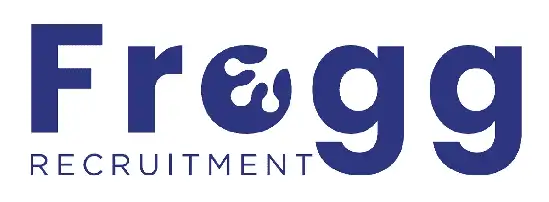Free CV template
HOW TO WRITE A PROFESSIONAL CV/RESUME
In the article below you will find insightful information, tips, and guidance to write a professional CV/Resume. In today’s competitive job market, it’s essential to present a tactful and well-outlined resume.
FREE CV Template – How to write a professional CV/Resume?
It is also important to see each opportunity as the “one to be” and to put all effort possible into your job application. Download our Free CV template and write your own CV/resume. Job Seekers should know how to apply to jobs they qualify for in the sense of requirements and job duties. Job seekers should read the job advertisement carefully and only apply if they are a match.
Our detailed Recruitment Blogs are there to supply job seekers with relevant information on how to apply for suitable jobs. Herewith more information about unique interview questions to ask during an interview.
As important as it is to have your CV (Curriculum Vitae) up to par, knowing what a good CV entails is important as it guarantees that it gets you the interview. With the correct knowledge and suggestions as to what a CV consists of at your disposal, nothing can stop you from making one that stands out from the crowd.
What to write in your CV (Curriculum Vitae) also known as a Resume.
Your CV, commonly referred to as a resume or curriculum vitae, is how you outline your qualifications to recruiters and prospective employers. It includes details information on your persona, professional background, education, accomplishments, and skills. Be creative and add information that will help sell you as the most suitable candidate. Use our Free CV template and be creative.
Follow the list of steps below and create your own CV/Resume.
- Personal information
Ensure to add your personal information including your name, surname, date of birth, contact details, and languages. It’s important to add as much information as possible. You need to be easy to reach try our Free CV template.
Below your personal information, include a brief summary outlining your career and introducing yourself to the potential employer or in this case the recruiter or employer. This is ultimately a very condensed version of what your cover letter would say.
- Educational History
It is very important to list your educational history, both secondary and tertiary on your CV. Education listed on your CV is always listed in reverse chronological order with your most recent educational qualifications first. For example, should your current qualification be a completed degree such as “BCOM Business Management”, that will be listed first.
Secondary education would be the last high school you attended and graduated from which would be Matric. Should you be in the process of pursuing another qualification of sorts, that will be listed first, above your completed qualifications.
- Relevant skills
Under the skills section, list any potential skills that apply to the potential job, as well as any skills that you have acquired. You also need to list software skills and proficiency for example, Microsoft Word, Excel, PowerPoint, Sage, Pastel, Binary, Octal, Hexadecimal, etc. These may be considered prerequisites or otherwise stated as minimum requirements. Try to include skills that relate to the job description to make yourself a more desirable candidate.
- Attributes
What is an attribute, it’s a personality trade of yours which enhances your ability to perform within a team or an as individual in a working environment. It is seen as a quality or feature regarded one’s character. It works to describe you as an individual who is passionate in sales and marketing, dedicated or loyal. Its works describe your strengths. It can also describe functional words like being strong in management, people skills, analytical, or technical aligned.
- Employment History
It is important to detail your current employment and previous employment history so your prospective employer can see your career path. This will determine whether you are fit for the role or not. This can include; full-time and part-time employment, internships, research projects such as WIL (Will Integrated Learning), lab work, volunteer work, and/or field experience.
Employment history is also consistently listed in reverse chronological order, being your current or last position first, and is almost always listed in bullet point format. Here, you will list the title of the work and the name and location of your current/previous place of employment. Below these titles, you will list your job responsibilities performed.
- References (obtained from previous employers)
References are people whose contact information you give to recruiting professionals so that they can vouch for your character, skills, and work performance. Recruiters like to use your references to double-check what you’ve written on your CV, as many candidates lie on their applications. Therefore, it is of utmost importance that you are honest as this reflects as part of your personality, character, and values.
Feel Free to follow us on our Social Pages Facebook, Linkedin, and Instagram.






